Vent hood - are more CFMs needed if the duct isn't straight?
sixkeys
10 years ago
Featured Answer
Sort by:Oldest
Comments (11)
User
10 years agoRelated Professionals
Bloomington Kitchen & Bathroom Designers · Buffalo Kitchen & Bathroom Designers · Carson Kitchen & Bathroom Designers · Springfield Kitchen & Bathroom Designers · South Farmingdale Kitchen & Bathroom Designers · Bellevue Kitchen & Bathroom Remodelers · Blasdell Kitchen & Bathroom Remodelers · Eagle Kitchen & Bathroom Remodelers · Elk Grove Village Kitchen & Bathroom Remodelers · Rancho Cordova Kitchen & Bathroom Remodelers · Trenton Kitchen & Bathroom Remodelers · East Moline Cabinets & Cabinetry · Little Chute Cabinets & Cabinetry · Tinton Falls Cabinets & Cabinetry · Central Cabinets & Cabinetrykaseki
10 years agosixkeys
10 years agosixkeys
10 years agokaseki
10 years agosixkeys
10 years agokaseki
10 years agosixkeys
10 years agoitldo22
10 years agosixkeys
10 years ago
Related Stories

KITCHEN APPLIANCESLove to Cook? You Need a Fan. Find the Right Kind for You
Don't send budget dollars up in smoke when you need new kitchen ventilation. Here are 9 top types to consider
Full Story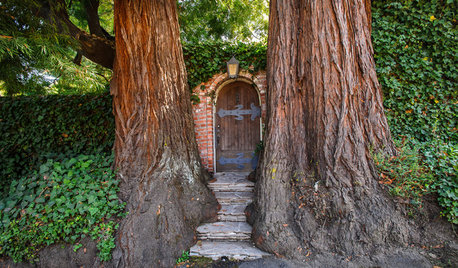
FUN HOUZZ14 Gardens Straight Out of Fairy Tales
Escape into landscapes that conjure the magical worlds of folklore and literature
Full Story
KITCHEN DESIGNA Cook’s 6 Tips for Buying Kitchen Appliances
An avid home chef answers tricky questions about choosing the right oven, stovetop, vent hood and more
Full Story
KITCHEN APPLIANCESThe Many Ways to Get Creative With Kitchen Hoods
Distinctive hood designs — in reclaimed barn wood, zinc, copper and more — are transforming the look of kitchens
Full Story
KITCHEN DESIGNHow to Choose the Right Hood Fan for Your Kitchen
Keep your kitchen clean and your home's air fresh by understanding all the options for ventilating via a hood fan
Full Story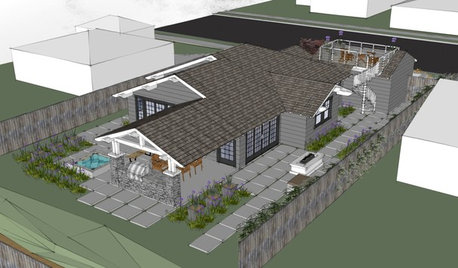
WORKING WITH AN ARCHITECTWho Needs 3D Design? 5 Reasons You Do
Whether you're remodeling or building new, 3D renderings can help you save money and get exactly what you want on your home project
Full Story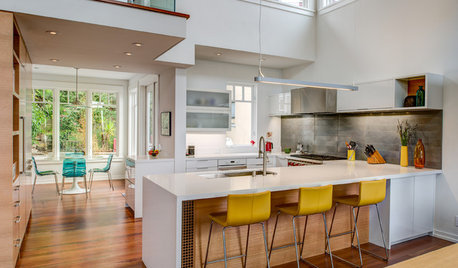
INSIDE HOUZZHouzz Survey: See the Latest Benchmarks on Remodeling Costs and More
The annual Houzz & Home survey reveals what you can expect to pay for a renovation project and how long it may take
Full Story
HEALTHY HOMEWhat You Need to Know About Dust and How to Fight It
Breathe easier with these 10 tips for busting mites, dander and other microscopic undesirables
Full Story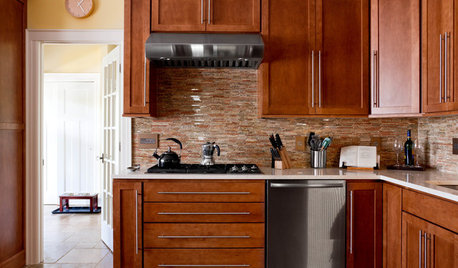
WORKING WITH PROSInside Houzz: No More Bumper Cars in This Remodeled Kitchen
More space, more storage, and the dogs can stretch out now too. A designer found on Houzz creates a couple's just-right kitchen
Full StorySponsored
Columbus Area's Luxury Design Build Firm | 17x Best of Houzz Winner!
More Discussions






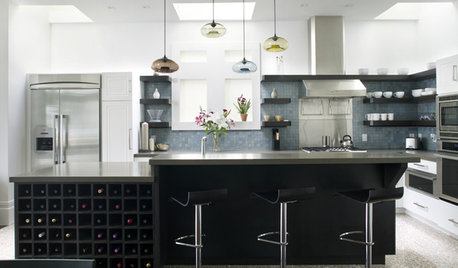

mateo21